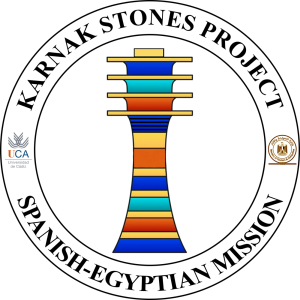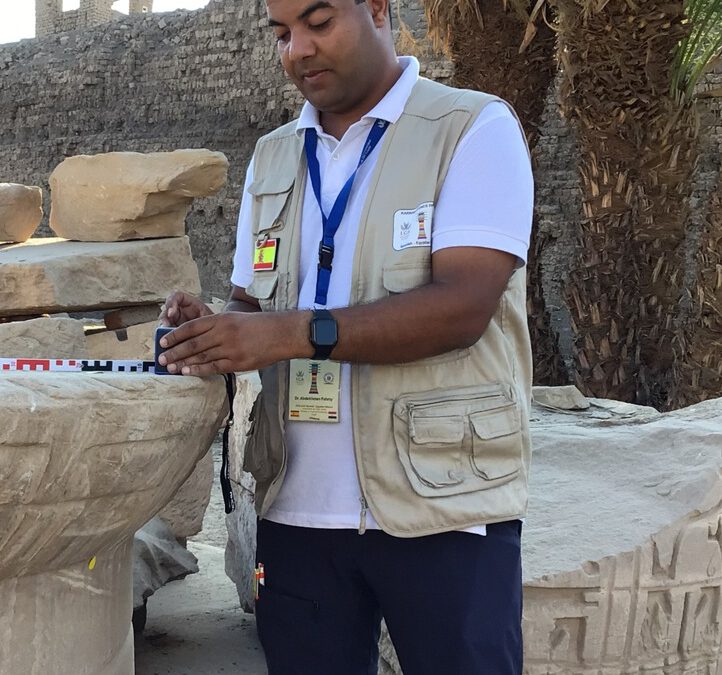Ultrasonic testing and thermal imaging have opened up an entirely new perspective on the hidden world inside the stones at the archaeological site. These advanced techniques are revealing hidden internal fractures and areas of moisture accumulation that are not visible to the naked eye. Such invisible vulnerabilities in the stonework are a serious concern, as they have the potential to cause catastrophic damage over time if left untreated.
Ultrasonic testing, which uses high-frequency sound waves to assess the internal integrity of the stones, can identify subtle fractures or weaknesses that could compromise the structural stability of the blocks. These fractures, if left unchecked, may expand over time, especially with temperature fluctuations or water penetration. Moisture accumulation, on the other hand, can accelerate the degradation of stone, promoting the growth of salts and other minerals that can erode the surface, further weakening the material.
Thermal imaging complements this by detecting temperature variations across the stone surfaces. These variations can indicate areas where moisture has infiltrated or where heat is retained within fractures, offering insight into areas of concern that might require immediate attention. Both methods together help create a more comprehensive map of the site’s vulnerabilities. By identifying these hidden risks, we can implement preventative measures to stabilize and preserve the stonework.
Ongoing monitoring of these problem areas is important for long-term conservation. Without addressing these internal fractures and moisture pockets, the stones could deteriorate rapidly, risking irreversible damage to this invaluable historical site. As such, these non-destructive testing methods are indispensable tools in safeguarding the durability of the site for future generations to study and appreciate.

